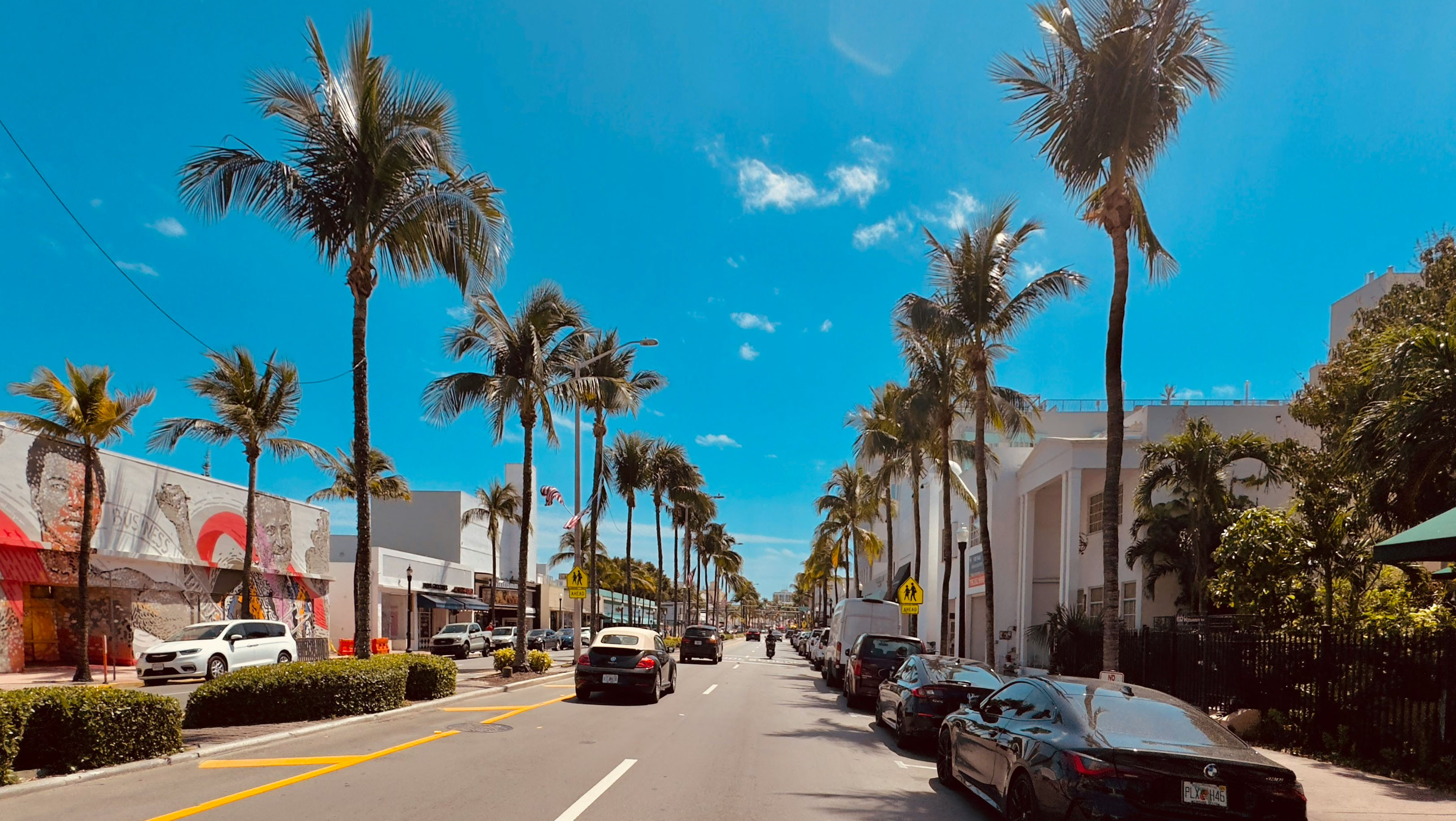Adapting to evolving commercial space needs in Florida: 2019 to 2024

Over the past five years, the landscape of commercial real estate in Florida has undergone significant transformation. Shifts in consumer behaviors, technological advancements, and global events like the COVID-19 pandemic have altered the demands for office spaces, hospitality venues, leisure facilities, and medical centers. For real estate developers, understanding these trends is crucial to creating adaptable, profitable, and future-ready spaces.
1. Office spaces: from traditional to hybrid work models
The office sector has experienced a seismic shift, driven by the rise of hybrid work models. Pre-2020, Florida’s thriving business hubs, such as Miami, Tampa, and Orlando, saw steady demand for traditional office spaces. However, the pandemic accelerated remote working, leading to a reevaluation of office requirements. Key trends include:
Flexible office designs
Companies now prefer adaptable layouts that accommodate in-person collaboration, hot-desking, and private meeting spaces. Co-working spaces, such as WeWork and Industrious, continue to expand to cater to startups and freelancers.
Suburban growth
Suburban office developments are in higher demand as employers seek to reduce commutes and align with employees' preferences for work-life balance.
Technology integration
Smart offices with robust internet infrastructure, touch-less entry, and wellness features are now standard expectations.
2. Hotels and hospitality: experiential and sustainable focus
Florida's tourism industry remains a cornerstone of its economy, but travelers' expectations have evolved. Post-2019, there’s a greater emphasis on health, wellness, and unique experiences.
Experiential stays
Boutique hotels and themed accommodations are thriving as travelers seek more personalized and memorable stays. Properties near natural attractions, such as the Everglades or Florida Keys, are particularly popular.
Wellness tourism
Wellness-oriented resorts offering spa services, yoga retreats, and eco-conscious amenities have grown.
Sustainability
Developers are incorporating green building practices, energy-efficient systems, and sustainable landscaping to appeal to eco-conscious travelers and meet state regulations.
3. Leisure: mixed-use developments lead the way
The leisure industry has seen a convergence of retail, dining, and entertainment in mixed-use developments. Projects like Miami's Brickell City Centre and Tampa's Water Street reflect this trend.
Family-friendly venues
Developers are investing in spaces that cater to multigenerational audiences, such as arcades, bowling alleys, and escape rooms, integrated with dining and shopping options.
Outdoor spaces
Outdoor dining, live music venues, and open-air markets surged in popularity during the pandemic and remain a draw for residents and tourists alike.
Event-ready spaces
Florida’s role as a destination for conferences and events has revived interest in adaptable venues that can host both large gatherings and intimate experiences.
4. Restaurants and bars: a new age of dining
Florida’s dining scene has pivoted toward innovative formats and customer-focused offerings.
Casual dining dominance
Fast-casual and quick-service restaurants have outperformed traditional sit-down establishments due to convenience and affordability.
Ghost kitchens
The rise of delivery apps has fueled demand for ghost kitchens—commercial kitchens without customer-facing dining areas—especially in urban centers.
Experiential dining
Themed restaurants and bars that offer interactive experiences, such as rooftop bars or speakeasies, are drawing clientele seeking entertainment alongside their meals.
Outdoor dining
Permanent outdoor dining areas, initially a pandemic measure, have become a long-term feature for many establishments.
5. Medical centers: growth fueled by demographics and technology
Florida's growing and aging population has heightened demand for medical facilities. Advances in healthcare technology and a focus on patient-centered care are shaping the development of these spaces.
Outpatient centers
Freestanding emergency rooms and outpatient clinics are being prioritized over traditional hospital expansions due to cost efficiency and convenience.
Specialized facilities
Developers are investing in specialized facilities, such as oncology centers, diagnostic labs, and mental health clinics.
Telemedicine infrastructure
Medical offices now require enhanced technological capabilities to support telemedicine consultations and digital health monitoring systems.
6. Mixed-use and transit-oriented developments
An overarching trend across all sectors is the rise of mixed-use developments, particularly those near transit hubs. These projects integrate residential, commercial, and leisure spaces, creating vibrant communities where people can live, work, and play without excessive commuting.
Adaptability is key
Spaces that can be reconfigured for multiple uses will retain value and relevance in the face of market changes.
Technology and sustainability
Smart building features and eco-friendly practices are now competitive necessities.
Community-centric design
Projects that prioritize community engagement and offer diverse amenities will appeal to Florida's dynamic and growing population.
The commercial real estate market in Florida remains robust, but the priorities of tenants and end-users have shifted. Developers who can anticipate and adapt to these evolving needs will be well-positioned for success in the years ahead.
This article was commissioned by soCommercial – the market place for business space.
